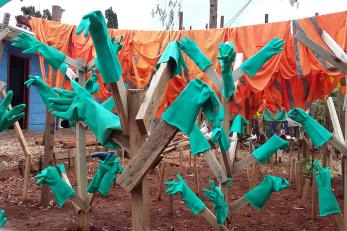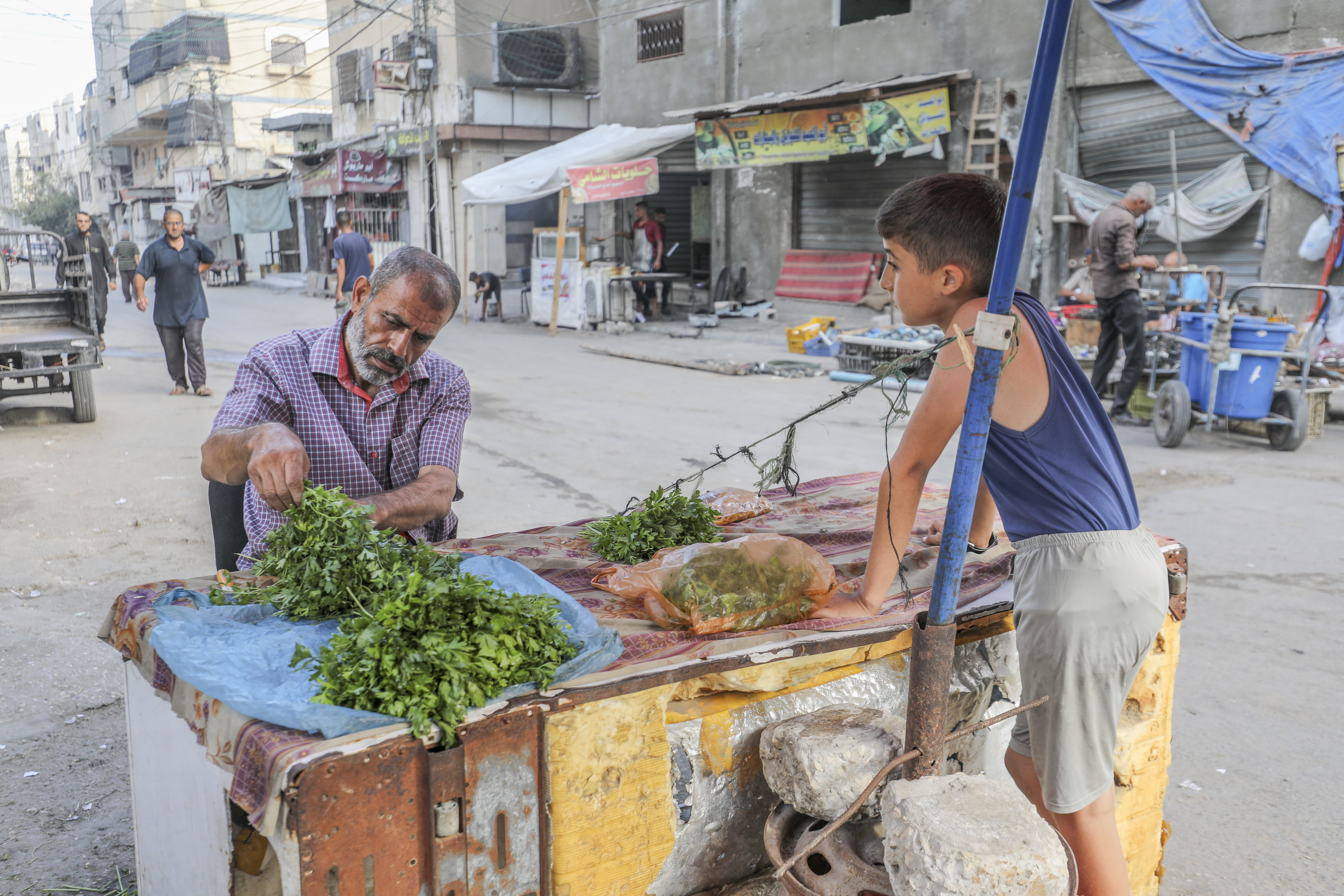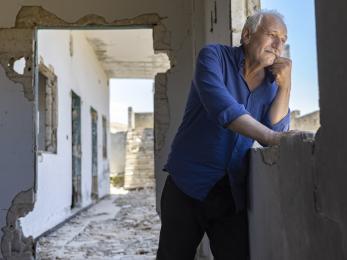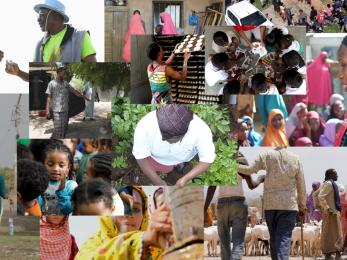Chapter 7: What will it take to stop Ebola?

Without action, there is no end in sight for this crisis. Every day more people are at risk of catching the disease. But what will it take to stop Ebola?
Administer more vaccines
There is currently no approved vaccine for Ebola, but there is a trial vaccine that proved "highly protective" against Ebola in a major trial in Guinea. It can be used to protect people who are at high risk of getting the disease, such as close family members of Ebola patients or healthcare workers who are treating people with Ebola. The vaccine is free and participation is voluntary. More than 96,000 people have been vaccinated against Ebola in DRC so far.
Seek medical care
People who think they have Ebola (or have been in contact with someone who has the disease) need to go to treatment centers immediately so they can receive medical care. The earlier someone seeks medical treatment for Ebola, the more likely they are to survive. Trained health workers will replace patients’ lost fluids, and they may have to undergo kidney treatment and/or blood transfusions, as well as other medical care.
Prevent Ebola from spreading
To prevent Ebola spreading from one person to another, people with symptoms need to be isolated. So, there needs to be isolation and triage areas at health centers where people receive medical care for Ebola. Local health workers need to be trained, and houses and centers where infected patients have been need to be cleaned and disinfected.
People can protect themselves from infection by washing their hands with clean water and avoiding contact with those who have — or are suspected of having — Ebola. When there has been a confirmed case, prevention kits should be handed out at health centers, schools, households and places of worship. Safe burials must also be carried out because people can catch Ebola through direct contact with those who have died from the disease.
Educate and build trust with local communities
A medical response alone will not be enough — engaging with and educating local communities will be key to stopping Ebola. According to a recent study by the Lancet, one out of four people interviewed in eastern Congo last year believed Ebola wasn’t real. There has also recently been a concerning increase in violence against medical responders and treatment facilities, which threatens the medical response and puts more people in danger.
We need to work with communities to help them understand the disease, how it spreads, how to prevent it and keep themselves safe — and where to seek care if they think they are infected. As well as raising awareness of the disease itself, we also need to raise awareness and acceptance of those who are trying to treat Ebola to prevent violence against responders.
To educate local communities, we need to share messages on the importance of health and hygiene and how to use prevention kits in communities, schools and health centers, reaching people as widely as possible through radio and television.
We should also train traditional local health workers and trusted local community leaders and influencers so they can share these messages to help tackle people’s fears and misunderstandings about Ebola.
Care for survivors
We must care for Ebola survivors, because they may face stigma or shame when they have recovered and seek to re-enter their communities. They may require ongoing medical care and counseling. They can use their experiences to educate others about the virus.
What response is Mercy Corps calling for?
This crisis is the second-deadliest and second-largest Ebola outbreak in history, with cases now exceeding 1,500 in less than a year. As the Ebola response increasingly requires more time and funds, it is sapping the already stretched resources needed to provide life-saving aid to more than 13 million people following decades of war and conflict in DRC.
A medical response alone is insufficient for stopping the spread of this deadly disease. The international community can best support the medical response, led by the Democratic Republic of Congo (DRC) Ministry of Health and the World Health Organisation (WHO), by providing additional funding for both the direct medical response and prevention efforts.
Our best shot at containing this epidemic is to build a more comprehensive response to the outbreak. Mercy Corps is calling for:
Improved integration of medical and prevention efforts
Although WHO and NGOs are running community engagement programs, these have not been well-integrated with the medical response. At the heart of the epidemic in Butembo, the response needs to be proactive and coordinated — bringing both medical and prevention efforts together.
We must bring the communities on board as partners to help us stop the spread of Ebola, and quickly. Mercy Corps reached 2.4 million people during the 2014-15 Ebola outbreak in Liberia by working through partnerships with local organizations that engaged trusted local actors at the community level. We believe this is essential for preventing the transmission of the virus and preventing communal violence.
Urgent funds for community engagement
Community engagement is going to be critical to curbing the spread of Ebola and controlling this epidemic. Without bolstering efforts to improve community engagement and create a community ownership of the response, the situation may spiral out of control. While some organizations are already working on community engagement at the local level, activities are at a very small scale compared to the scale of the epidemic and are not having the impact needed.
More funds and investment into building community trust and engagement are still urgently needed so there is a clear understanding of the disease, and how it spreads.
This is crucial to preventing further cases as well as preventing the recent uptick in violence against medical responders and treatment facilities. This recent drastic change in the security situation threatens the medical response and puts more people in danger.
It is vital that community engagement is prioritized as a cross-cutting issue in the response and local people and organizations are included in decision-making.
Increased flexible funding for NGOs on the frontlines of the epidemic
International organizations urgently need more direct, flexible and longer-term support from global donors to fight this epidemic. Direct funding should be increased for agile partners who are already on the ground in conflict-hit areas and are now on the frontlines of the epidemic too — especially those who already have long-term and trusted relationships with local communities.
Improved regional coordination and contingency planning
There must be a robust and operational regional contingency response plan, engaged with by global donors, since the epidemic risks crossing borders and the crisis requires not purely a health response. NGOs should be consulted and engaged at the highest levels in order to ensure there is a multi-sectoral response.


